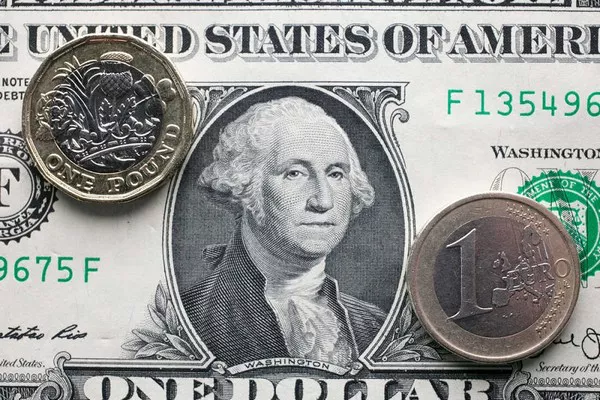The U.S. dollar is the world’s most widely used currency and a key component of the global economy. One reason for its widespread use is that the dollar serves as the primary reserve currency for many countries, meaning that central banks around the world hold large amounts of U.S. dollars in reserve to facilitate international trade and financial transactions. But what is the American dollar backed by? In this article, we will examine the historical and current backing of the U.S. dollar and the implications for its value and stability.
Historical Backing of the U.S. Dollar:
Until 1971, the U.S. dollar was directly linked to gold through a system known as the Bretton Woods Agreement. Under this agreement, the value of the dollar was fixed to gold at a rate of $35 per ounce, and other countries’ currencies were fixed to the dollar. This system allowed for stable exchange rates between countries and helped promote international trade and investment.
However, the Bretton Woods system came under strain in the 1960s as the U.S. began running large trade deficits and printing more dollars to finance government spending, leading to concerns over the country’s ability to maintain its gold reserves. In 1971, President Richard Nixon announced that the U.S. would no longer redeem dollars for gold, effectively ending the gold standard and ushering in a new era of fiat money.
Current Backing of the U.S. Dollar:
Today, the U.S. dollar is not backed by any physical commodity like gold or silver. Instead, it is backed by the full faith and credit of the U.S. government, which means that the government promises to honor its debts and pay back loans in dollars.
This system of fiat money allows the U.S. government to control the supply of money in circulation and adjust interest rates to manage inflation and promote economic growth. The Federal Reserve, the central bank of the United States, plays a crucial role in this process by setting monetary policy and regulating the supply of money in circulation.
Implications for the Value and Stability of the U.S. Dollar:
The lack of physical backing for the U.S. dollar can lead to concerns over its value and stability, especially during times of economic uncertainty or political instability. In general, the value of the dollar is determined by market forces such as supply and demand, inflation rates, and economic growth. However, the U.S. government can also influence the value of the dollar through intervention in foreign exchange markets and monetary policy decisions.
Another potential challenge to the value and stability of the U.S. dollar comes from the rise of digital currencies like Bitcoin and Ethereum. These decentralized currencies are not backed by any government or central authority and offer an alternative store of value and means of exchange outside of traditional financial systems.
Can the US dollar be backed by gold?
Yes, theoretically the US dollar can be backed by gold, as it was in the past when the United States was on the gold standard. Under a gold standard, the value of the dollar is fixed to a certain amount of gold, and individuals are able to exchange their dollars for gold at a fixed rate.
However, returning to a gold standard would require significant changes to the current monetary system. Currently, the US dollar is not backed by any physical commodity, but rather its value is determined by market forces such as supply and demand. The Federal Reserve sets monetary policy through control of interest rates and the money supply, which affects the value of the dollar.
Returning to a gold standard would also require the US government to accumulate enough gold reserves to back the currency, which could be a costly and challenging endeavor. Additionally, a gold standard limits the ability of the government and central bank to respond to economic downturns through monetary policy, as they would be constrained by the fixed value of the currency.
Overall, while it is possible for the US dollar to be backed by gold, it is unlikely to happen in the near future given the significant challenges and limitations associated with such a system.
Conclusion:
In conclusion, the American dollar is not backed by any physical commodity but rather by the full faith and credit of the U.S. government. This system of fiat money allows for greater flexibility in monetary policy and the ability to adjust to changing economic conditions. However, it also raises concerns over the value and stability of the dollar, particularly in the face of global economic or political upheaval. As the world continues to evolve, the role of the U.S. dollar in the global economy may shift, but it is likely to remain a key currency for many years to come.


